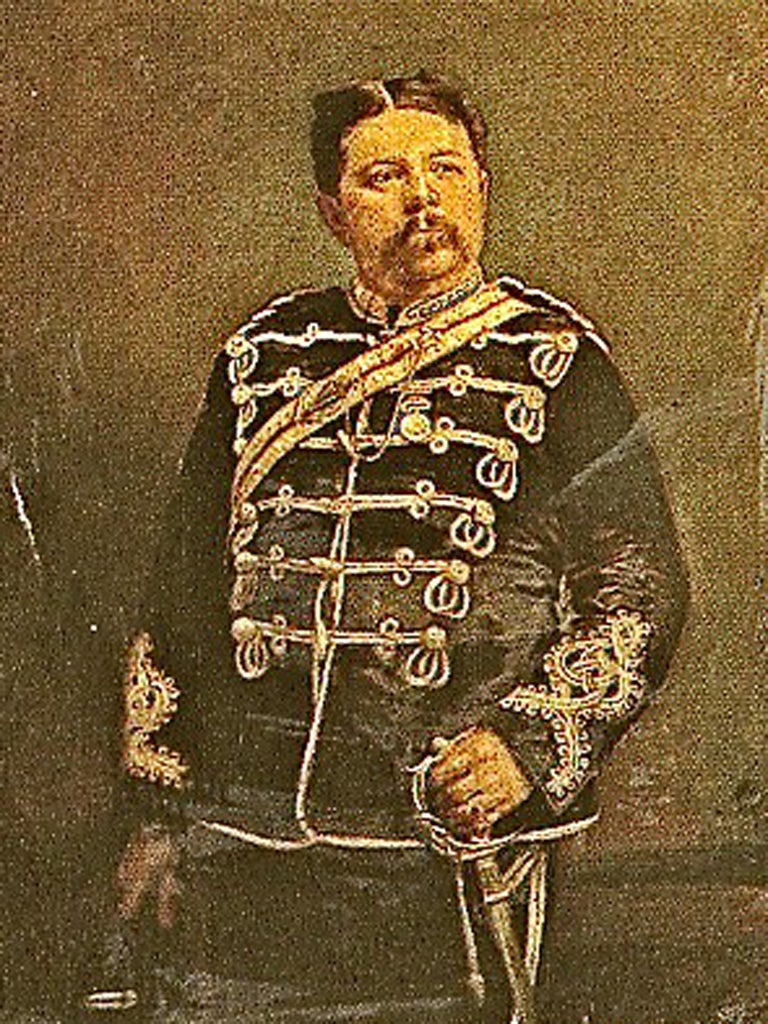'Diamond Jim' and the £14m museum
Canterbury is proud of the revamped Beaney institute, but can't live down its founder's shady life

The Beaney museum in Canterbury, Kent, is a national landmark. So when the Royal Museum and Art Gallery, to give it its formal name, reopens later this year after a £14m makeover, many will give thanks to its original benefactor, Dr James George Beaney.
"Diamond Jim" was a surgeon, philanthropist and much-published pioneer in paediatrics. He was also well known for plagiarism, involvement in back-street abortions, and his trial for murder.
Born to a labourer father in Canterbury in January 1828, at 15 Beaney was working as a chemist's shop boy. He studied pharmacy, was apprenticed to a surgeon, then studied medicine in Edinburgh, but caught TB and in 1852 sailed to Melbourne for his health. He went back to Edinburgh to finish his degree, and then to the Crimea as an army surgeon. He also spent time in Paris studying venereal disease, and served on emigrant ships to America before returning to Melbourne in 1857. There, he worked as locum to Dr John Maund, who died in 1858, leaving his practice to Beaney. This was said to pay him £10,000 a year – £130,000 today.
Students dubbed the smooth- talking self-publicist Diamond Jim because of his gem-encrusted rings, tie-pins and watch and chain. He was frowned on by the medical establishment, his reputation suffering further when, in 1866, he was charged with murder. A barmaid, Mary Lewis, died after visits from Beaney, and a post mortem examination showed an illegal abortion had taken place. The jury failed to agree at his first trial, and at the second his counsel called only Beaney as a witness; he was acquitted. In effect, he talked his way out of it.
He published on many subjects, but in 1880 was sued by his publisher; it had emerged that much of what he had written was the work of an assistant.
In 1878 and 1879 Beaney was back in Britain on a lecture tour, claiming to represent the chief secretary of the state of Victoria. The Medical Society of Victoria wrote to all the leading medical organisations here denying that he had any such commission.
Beaney died in 1891 from an aneurism complicated by hepatitis and gout. He left £10,000 to build a museum in his birthplace, and it opened on Canterbury's High Street in 1899, on the site of the George & Dragon, an inn Beaney would have known as a young man.
Janice McGuinness, Canterbury's head of culture and enterprise, said, while the nation can be proud of the museum, the city has mixed feelings about its founder: "There was something shady about him – something 'back street' about the good Dr Beaney."
Subscribe to Independent Premium to bookmark this article
Want to bookmark your favourite articles and stories to read or reference later? Start your Independent Premium subscription today.

Join our commenting forum
Join thought-provoking conversations, follow other Independent readers and see their replies